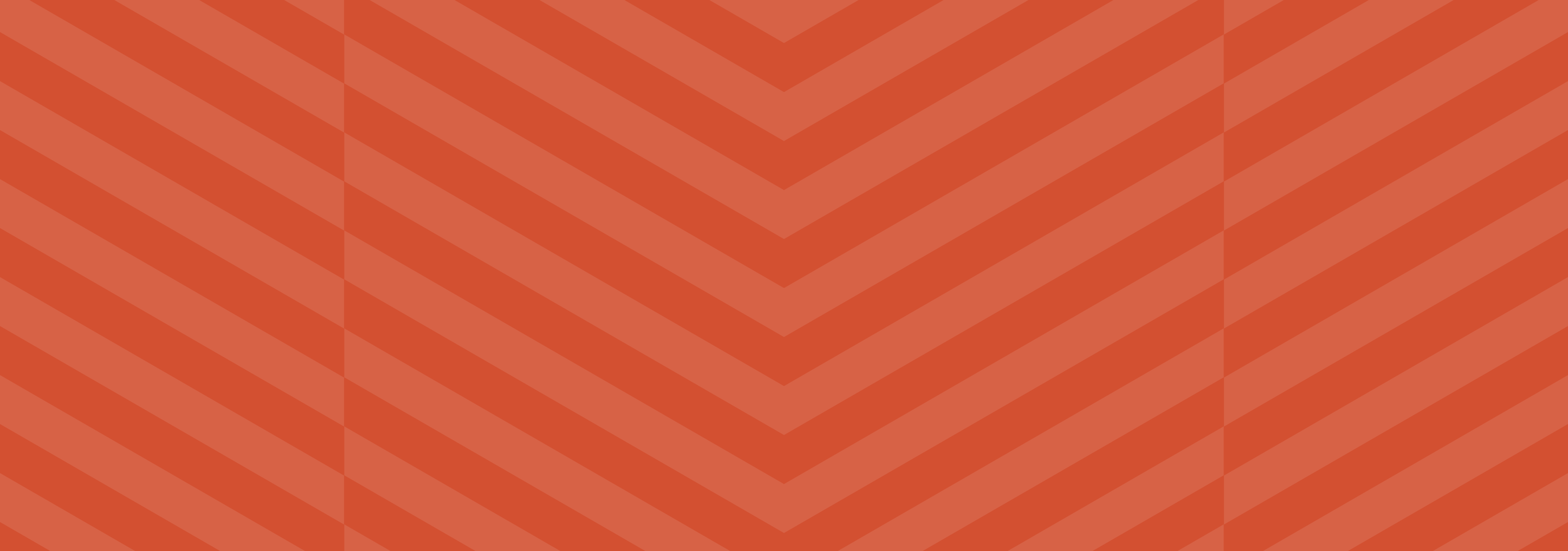Evolving clocks
The 21st century's version of creationism, intelligent design, can be summed up by the Blind Watchmaker argument - that like a watch, whose intricacy implies a watchmaker, life displays such vast complexity that it must be the result of a creator or designer. Intelligent design proponents will say that if you take the parts of a clock, put them in a box, and jumble it around randomly, you will never construct a working clock. Similarly, they say, random mutations in DNA cannot therefore be responsible for the evolution of complex life.
However, this is both a straw man and a false analogy. It's a straw man because it grossly misinterprets the theory of evolution. By drawing a false analogy between DNA replication and jumbling up cogs and springs inside a box, it presents evolution as some kind of 'Randomise' button on an Elder Scrolls character creation menu.
This is not the case.
So anyway this video is pretty cool. It deconstructs the straw man, and instead creates a true (or almost true) analogy between evolution and clock making. It presents a simulation of a large population of clocks, each with its own (initially random) genome, containing all the information about which components connect to which. At random, three clocks are selected and pitted against each other and measured for their ability to tell time. The loser is banished from the population and the winning two mate and create offspring. This process is repeated thousands of thousands of times, and guess what the result is?
3 or 4 handed clocks which tick and tock with the utmost precision.
There are a couple of really interesting things I noted about this video:
- As the population evolves, the phenotype seems to stay in a stable 'phase' for a long period of time before undergoing (a first-order?) 'phase transition', where a new, more fit, phenotype quickly spreads across the population.
- The transition period between two of these phases is very short, on the order of tens of generations. The author of the video points out that these transitional clocks are much less likely to be found in a fossil record.
- To evolve a three handed clock, there never has to be a 'two-and-a-half handed' clock. Again, an intelligent design proponent would talk about certain biological systems as being irreducibly complex. This simulation shows an example of when this need not be the case.
It's quite difficult to see whether or not 1 and 2 are fully an artefact of the program - simplifying the full complexity of life down to a few-component system - or whether or not they are an intrinsic (but more subtle) part of real evolution. I think it would be interesting to see if real populations underwent these kinds of phenotypic phase transitions over short periods of time (hundreds of generations).
